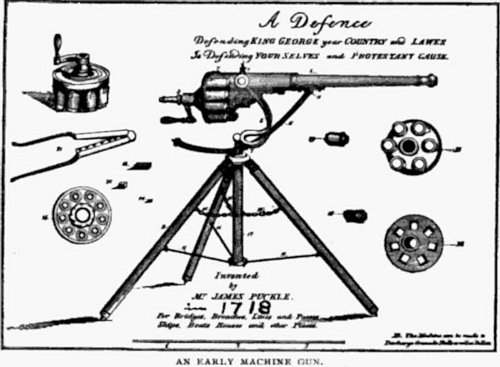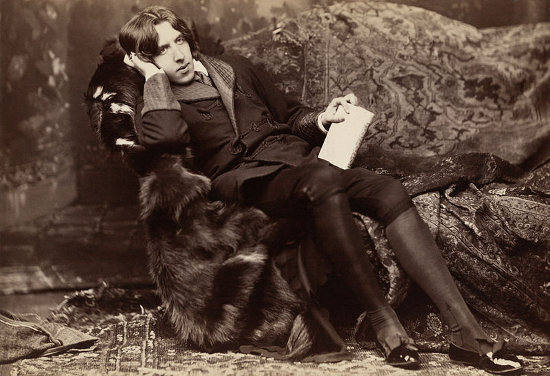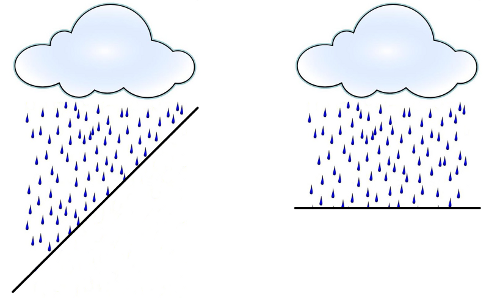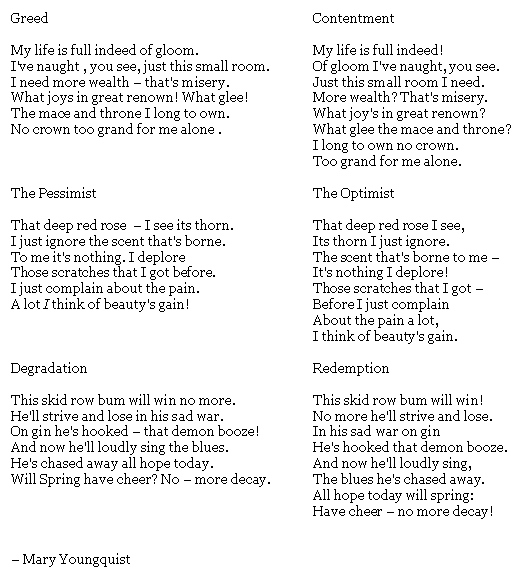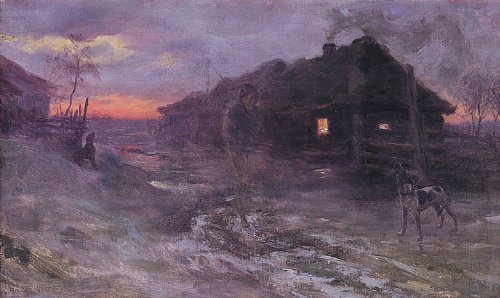Each team in the Philippine Basketball Association is owned by a corporation. This makes for some colorful team names:
- The Powerade Tigers
- The Rain or Shine Elasto Painters
- The Shopinas.com Clickers
- The Talk ‘N Text Tropang Texters
- The Alaska Aces
- The Barangay Ginebra Kings
- The Barako Bull Energy
- The B-Meg Llamados
- The Meralco Bolts
- The Petron Blaze Boosters
Defunct teams include the Toyota Super Corollas, the Sta. Lucia Realtors, the Shell Turbo Chargers, the Pop Cola Panthers, and the Great Taste Coffee Makers. Between 1980 and 1986, the national team was called Northern Consolidated Cement.
(Thanks, Ethan.)

